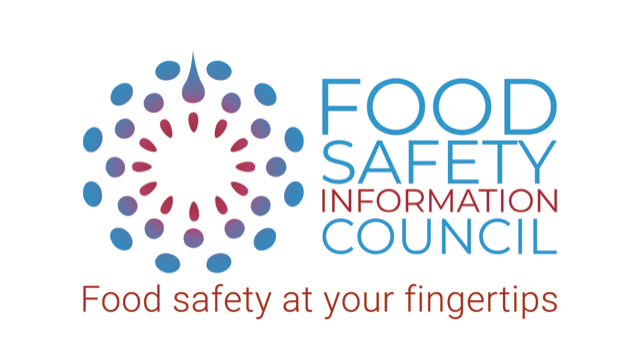The Food Safety Information Council’s latest research shows that only 3 in 10 consumers say they always read cooking and storage instructions, with only 6 in 10 always reading use by dates and 5 in 10 always reading best before dates. But there is also some good news in this latest research with a reasonably high rate of compliance with these instructions even if people don’t always read them. For example with those responding ‘always or most of the time’:
- 86% read use by dates and 88% comply with them,
- 83% read best before dates and 83% comply,
- 66% read storage instructions and 83% comply and
- 69% read cooking instructions and 74% comply.
Also, there has been a considerable improvement since we last asked these questions in 2013 with a 19% increase in reading cooking instructions and a 17% increase in complying with them.
Follow these useful tips to stay food- safe:
Check out the ‘use by date’ on packaged food and use it by that date. To prevent food waste you can remove the food from its packaging and freeze it for later use. You can also cook the food into a meal and freeze in shallow containers.
‘Best before dates’ mean just that: the food will be of best quality before that date but can be eaten after then but it may have lost some nutrition or taste. Some very long-life foods, such as cans, typically do not have an expiry date as they have a shelf-life in excess of two years, and are likely consumed before they undergo any loss in quality.. However, cans with any swelling, dents,leakage or rusting should be discarded .
Don’t lose food at the back of the cupboard or fridge. Rotate your stock! Put your most recent food purchases at the back of the pantry or fridge so you use the oldest products at the front first. You could even label long shelf life products, like canned foods, with the date of purchase.
Store it properly. The date marking applies only if you follow the storage instructions such as ‘keep refrigerated under 4°C’, ‘keep frozen under minus 15°C ’ or ‘store in a cool dry place’ such as a pantry. Date markings apply to products in their original, intact packaging; once opened, they are more susceptible to spoilage, or may become more easily contaminated.
Cook it correctly. Follow the manufacturer’s cooking instructions on the packaging as they know exactly how to cook the product safely. Make sure you follow the instructions depending on how you will cook the food, whether on the cooktop, in the oven, in a microwave or, increasingly, in an airfryer.
Use a meat thermometer to check the recommended cooking temperature. The thermometer doesn’t have to be a fancy digital version (although they can be more effective) one with a dial can be just as good. But you must be sure that it measures the temperature at the tip, not a long way up the stem


